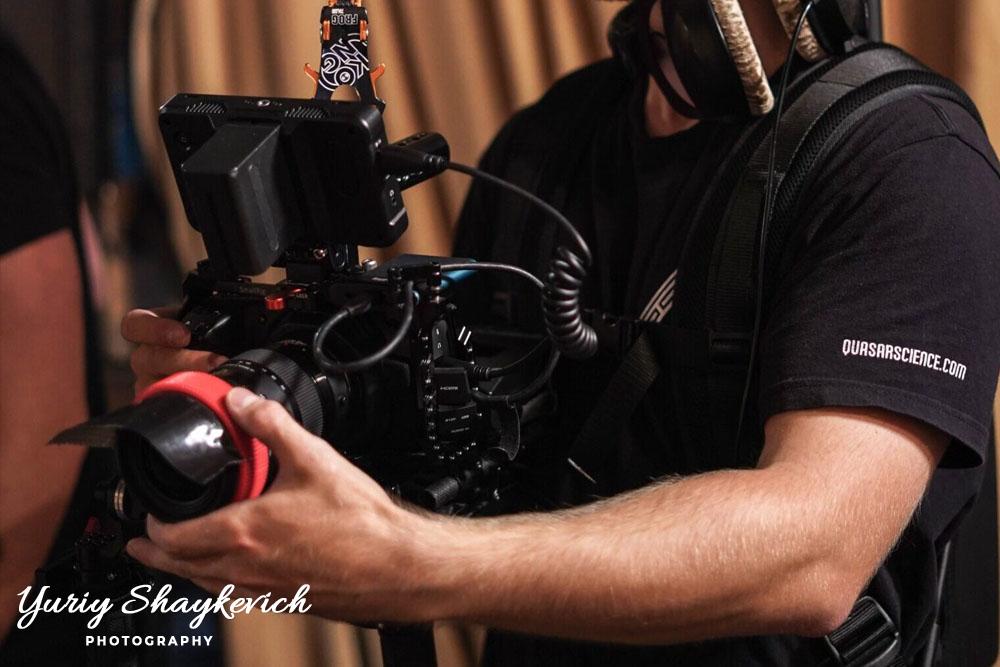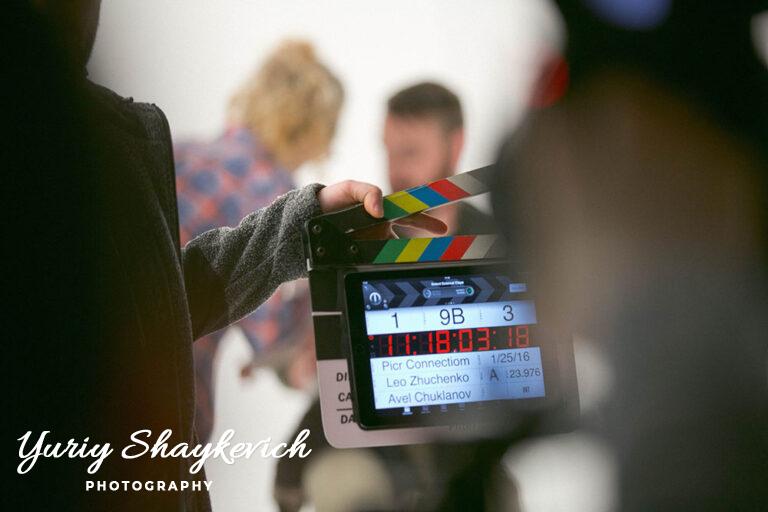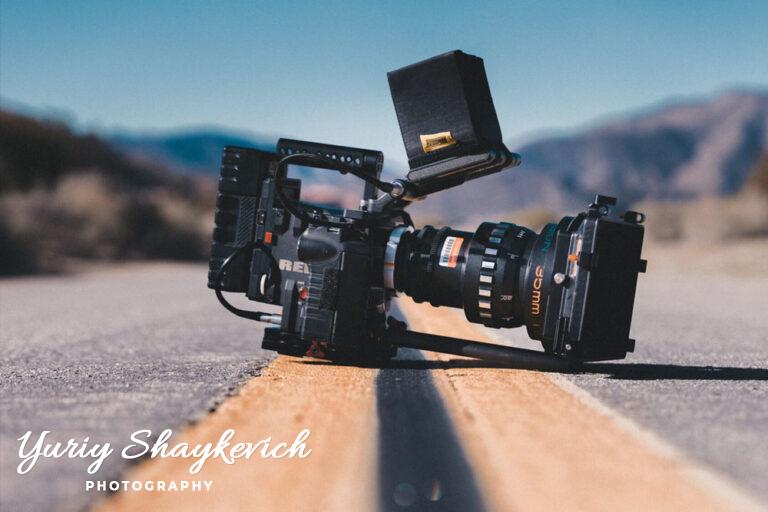Whether you’re an experienced videographer, just starting out, or considering taking the plunge into freelance life, there are five main challenges you will face throughout your career. The good news is that you’re following in the footsteps of many people who overcome these obstacles every day and as such, here’s some practical advice on dealing with them.
Finding Work
The most immediate challenge every freelance videographer will face is finding clients. This isn’t a one-time challenge; it will be the reoccurring theme of your entrepreneurial journey.
When first starting out as a videographer, you will probably apply for everything in the hope of getting something. This may be a necessity to get a steady paycheck, but it can have a detrimental effect.
Decide the type of video you want to specialize in, build your website and showreel to emphasize that you are an authority in this style of content and start applying for jobs. Many platforms offer the chance to bid for video projects of all sizes, such as Upwork, People Per Hour, Freelancer, Video Collective and Indeed, which can be a great place to start looking for regular work.
The best way to find new clients is through word of mouth and referrals from your happy customers. The more customers you have, the bigger your network of possible references is, and the more likely it is that you someone will recommend you for future video work. That said, you will only get referrals from satisfied customers, so you need to manage your clients well.
Managing Clients
The most satisfying form of work a videographer can get is repeated business. Whether it’s within weeks, months or even years after a project, having the same client come back to you is a great feeling. This is possible when you treat customers correctly and deliver quality work on time and within budget.
Communication is vital, especially when managing expectations. It is a good idea to have a Workflow Guide that you can send to clients when pitching for work. Detail your production workflow, including shoot preparations and how you deal with edit reviews and delivery of the final film. It doesn’t need to be extensive, but this initiative can put a client at ease by understanding the process and knowing their project is in safe hands. It can also be an ideal opportunity to create basic terms and conditions; for example, limiting the number of reviews the client can have on each film.
Business owners can be nervous when commissioning video content: substantial time and budget are often spent on productions, and there is a lot of pressure to get it right. One big part of your job as a videographer is to guide the client through the process, troubleshooting as you go. Don’t actively mislead your clients if there are problems, but be ready to get creative in solving them.
Pricing
The biggest challenge to working as a freelance videographer can be knowing how to price your services. If you’re working on your own, be prepared to cover most roles throughout the production. This may also include planning, location recces, script editing and storyboarding. Don’t be afraid to charge for these pre-production duties when required.
The expectation is you’ll have Day and Hourly rates for your shooting and editing services. Check BECTU (Ratecards) for standard rates used by industry professionals on different types of projects. When starting out, expect your rates to be lower, but they’ll rise in line with your experience and skills. For post-production, it’s not unusual to differentiate between rates for standard offline editing and online steps (grading, audio mix, titling) and even motion graphic creation. Knowledge of advanced programs like Adobe After Effects and Apple Motion should be reflected at a higher rate.
When deciding on your filming rate, consider how much input is required from you on a shoot. If you’re being hired just as a camera operator as part of a larger crew, you’ll have fewer responsibilities than being a self-shooting director. Before filming talking head interviews, learn from your client whether you’ll be required to direct people inexperienced with being on camera.
One crucial factor in setting your fees is to consider your kit. If you have your own gear, the value depreciates over time. Whether you have a separate charge for the use of your equipment or it’s factored into your Day rate, that money should be there to cover the cost of insurance and long-term replacement of the existing kit.
Keeping Up to Date With Kit
To this end, committing to a particular camera might dictate the kind of work you can undertake. If you want to combine photography with video, DSLRs and their mirrorless cousins offer great flexibility. If you lean more towards event filming that requires long record times – such as conferences or sporting and artistic performances – a video-only focused camera might be a better investment. Those without a fixed lens still allow you to invest in glass to achieve more creative and even cinematic results.
The continuous advancement of digital cameras might make you feel you’re already behind as soon as you make a purchase. Likewise, a client might require 4K image resolution, stabilization or gimbals that you don’t personally own. Thankfully, the rise in peer-to-peer rental sites has made trying and hiring kits easy and affordable. Platforms such as Fat Lama and Kitmapper are full of fellow professionals offering their equipment for convenient rental. If you do decide to make an upgrade to your kit, you can use these services yourself as a seller, to make money from your gear even when you’re not using it.
Don’t be afraid to be upfront with clients about when any extra kit is needed to be hired for a job, as ultimately, that should be budgeted for and not paid from your own pocket. After all, you’re trying to earn a living and retaining profit is the only way that’s possible.
Finances
With money in mind, it’s vital you have control of your finances from the start of your freelancing adventure. Services like QuickBooks and Xero offer accounting tools that are simple to use once you grasp the basics. More importantly, they make invoicing – the most critical part – easy.
Consider the tax implications and variations in responsibility between operating as a Sole Trader or as a Private Limited Company (Ltd.) Some larger corporate clients may only work with suppliers listed as limited companies, which will require you to learn about how such entities are structured, the necessary level of accounting and the mechanics of paying yourself.
Ultimately, all forms of tax are legal issues, and compliance is worth taking seriously to avoid being caught out in the future by shortcuts taken in the present. Talk to HMRC about your options and don’t be afraid to ask them for help at any stage. When looking for an accountant, start by asking for recommendations from friends, family or fellow videographers.
Set aside money each year for insurance and accounting fees. If a couple of projects per year cover these costs, it’s well worth sacrificing immediate gain to be covered when policy renewal and Self-Assessment season arrives.
There are many more challenges you may face in your career as a videographer, but if you can master these five, you will have a solid foundation for a successful business.




